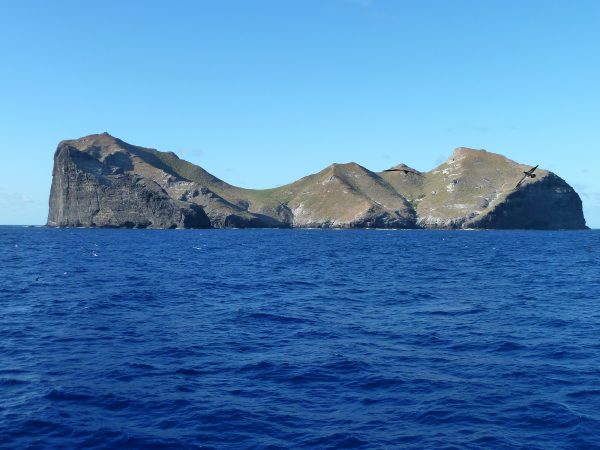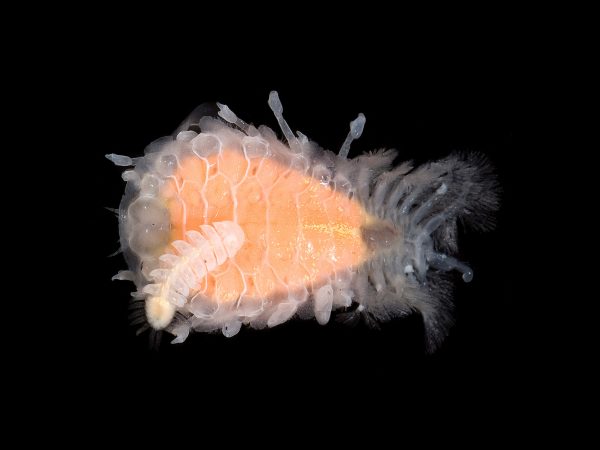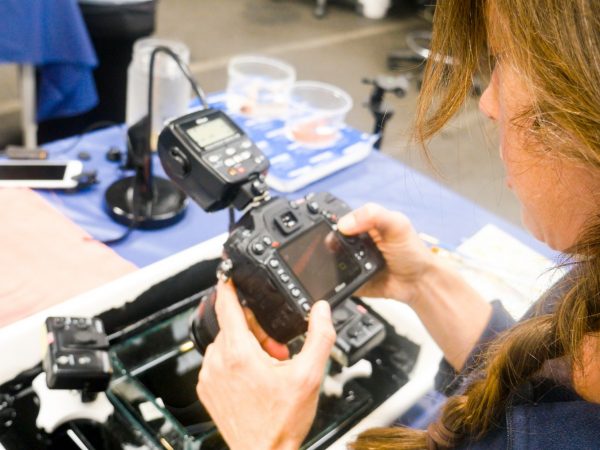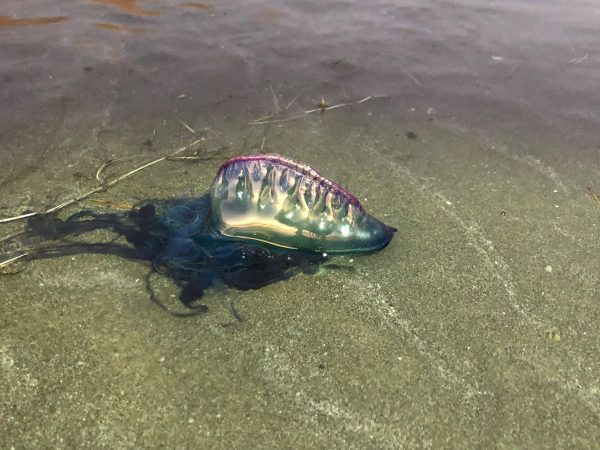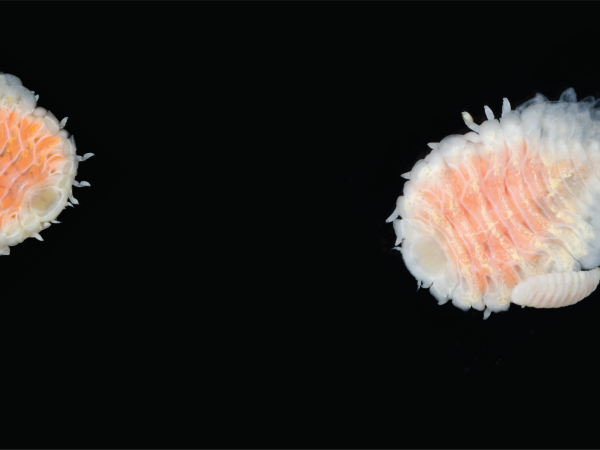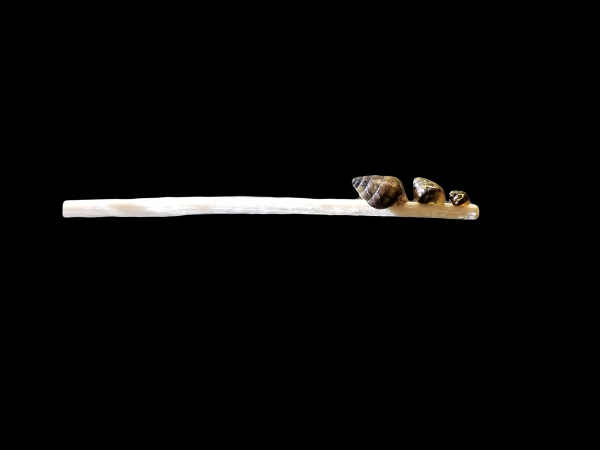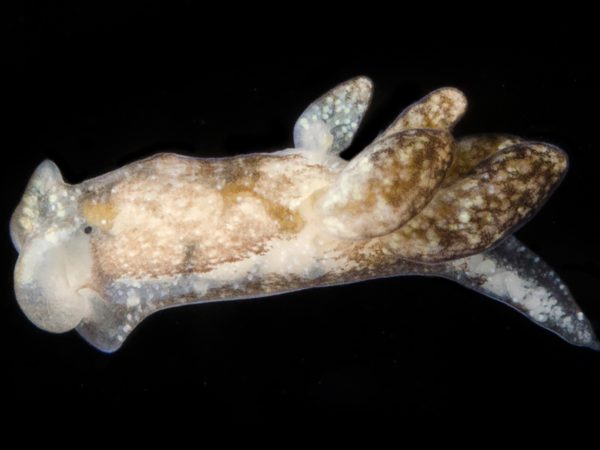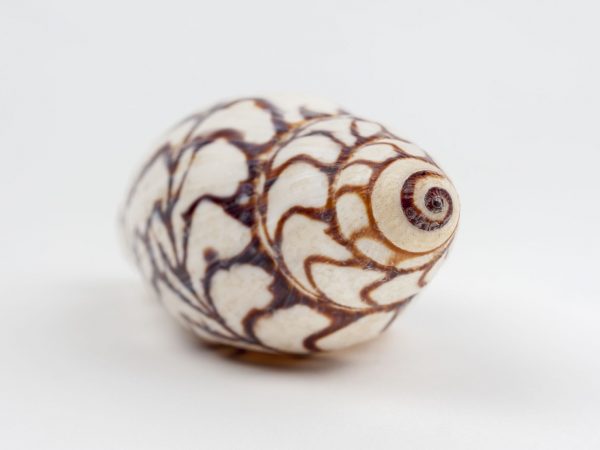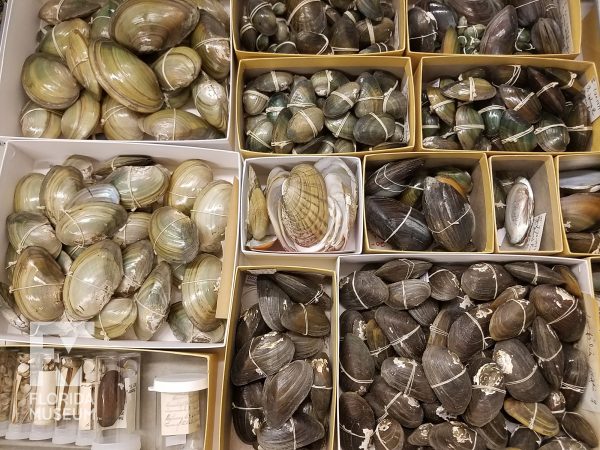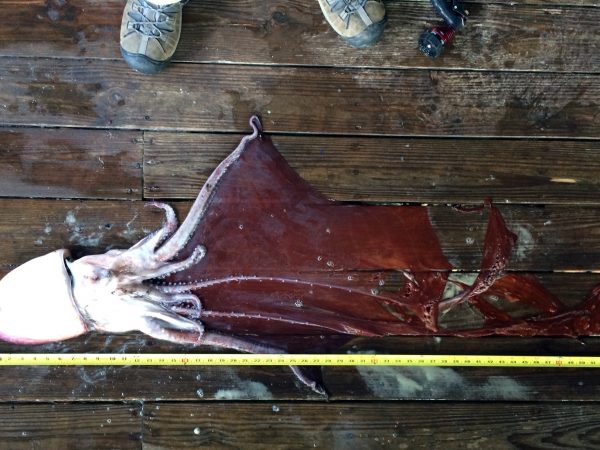Remote Hawaiian island harbors last land snails of their kind
The island of Nihoa, a slice of jagged rock that juts out of the Pacific Ocean, is the sole refuge…
Read More
Beware the underwater vampires
The sea is full of vampires, animals whose sustenance comes from the blood of other animals. We highlight five bloodsuckers…
Read More
NSF grants help Florida Museum digitize marine invertebrates, rare land snails
Three grants from the National Science Foundation will enable the Florida Museum of Natural History’s invertebrate zoology division to contribute…
Read More
Five Facts: Portuguese man-of-war
The Portuguese man-of-war, Physalia physalis, is found in every ocean except the Arctic and often washes up on Florida’s coasts….
Read More
Invasive shrimp-sucking parasite continues northward Pacific expansion
R esearchers have identified an invasive blood-sucking parasite on mud shrimp in the waters of British Columbia’s Calvert Island. The…
Read More
New native Hawaiian land snail species discovered, first in 60 years
S cientists have described a new native Hawaiian land snail species, sounding a rare, hopeful note in a story rife…
Read More
Egg-sucking sea slug from Florida’s Cedar Key named after Muppets creator Jim Henson
Feet from the raw bars and sherbet-colored condominiums of Florida’s Cedar Key, researchers discovered a new species of egg-sucking sea…
Read More
Invertebrate zoology division to add new collections with NSF grant
The Florida Museum of Natural History’s Division of Invertebrate Zoology will incorporate new collections with the help of a National…
Read More
#MolluskMonday, Unionidae or river mussels
Unionidae is a family of freshwater mussels with a global range. There are about 300 recognized species in North America…
Read More
Rare blanket octopus added to museum collection
A remarkably well-preserved blanket octopus washed ashore in Wilbur-by-the Sea Wednesday morning, offering “a rare glimpse of an animal that…
Read More
